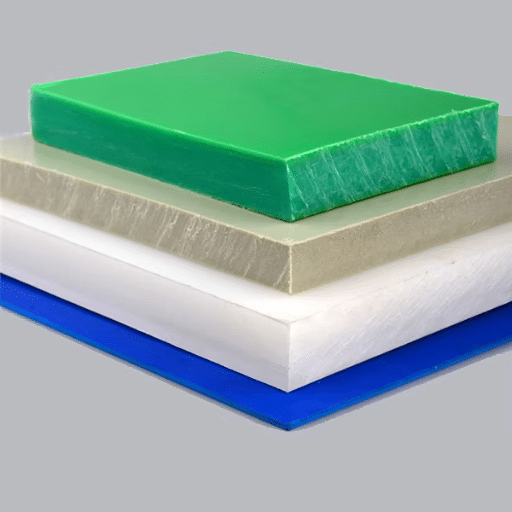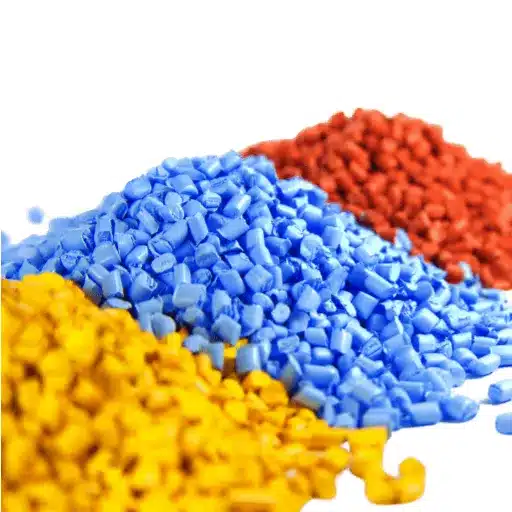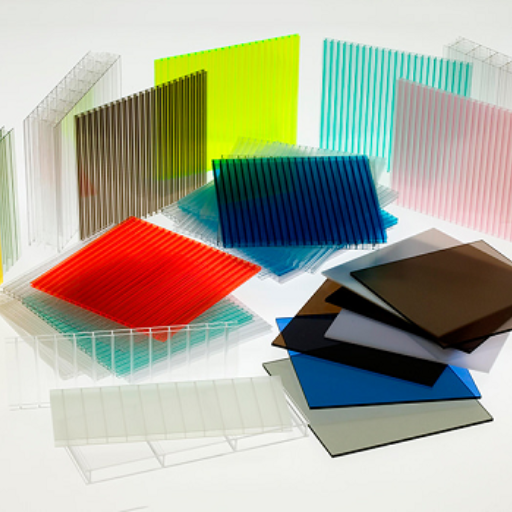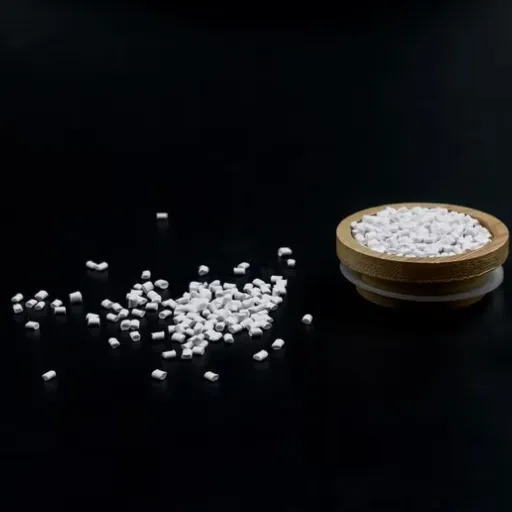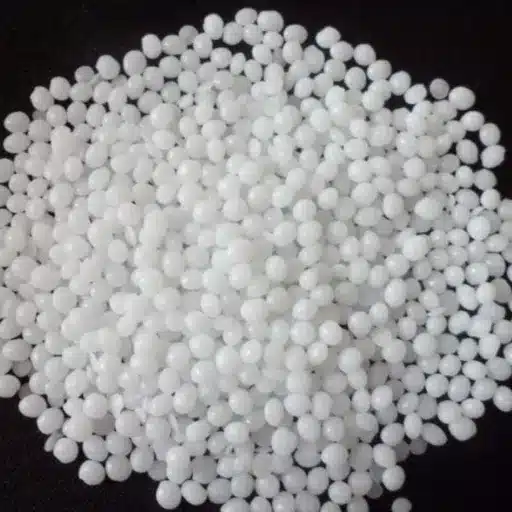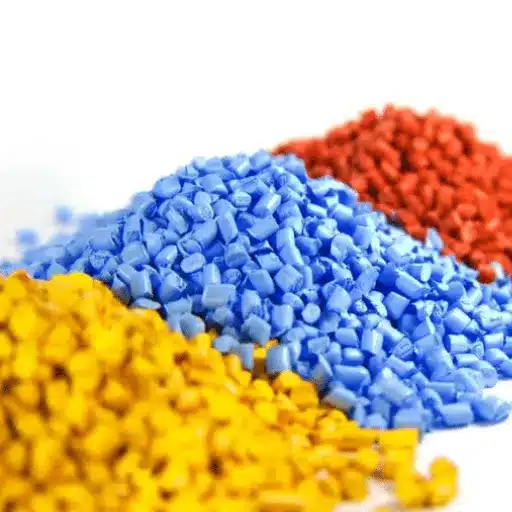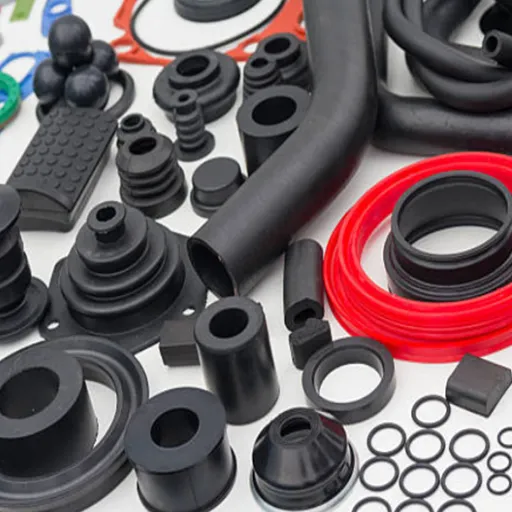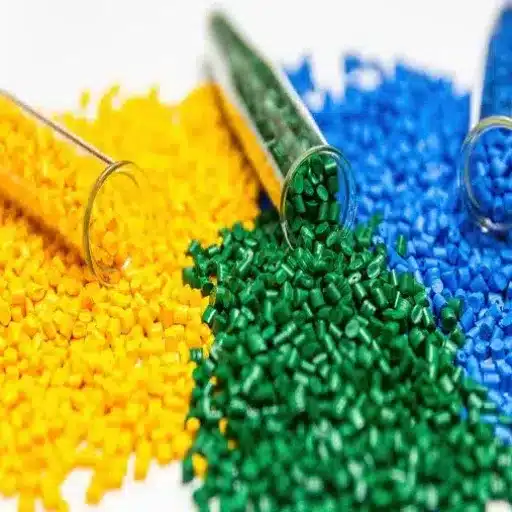Understanding ABS Material Properties
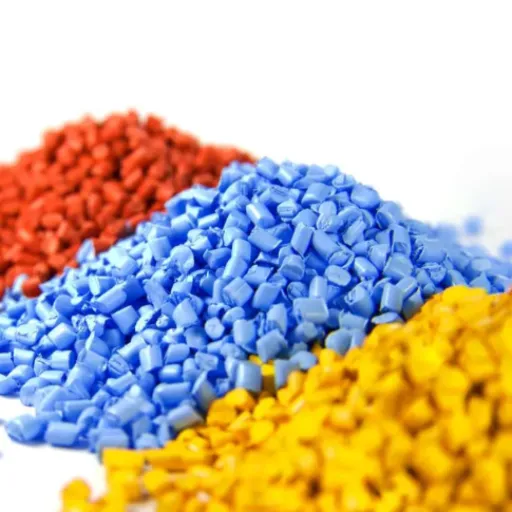
Overview of Acrylonitrile Butadiene Styrene
Among the thermoplastic polymers, ABS or Acrylonitrile Butadiene Styrene stands out for its versatility and dependable performance across different industries. It is a copolymer made of three key components:
| Component | Primary Contribution | Benefit to Final Product |
|---|---|---|
| Acrylonitrile | Chemical & Thermal Resistance | Enhanced durability in harsh environments |
| Butadiene | Impact Toughness | Superior shock absorption capabilities |
| Styrene | Rigidity & Processing Efficiency | Easier molding and structural integrity |
Manufacturing Versatility
ABS excels in manufacturing as it can be fabricated via injection molding, 3D printing, and even machining, thanks to its ease of modification. This makes it ideal for both traditional manufacturing and modern, iterative product development.
Key Properties of ABS Plastic
ABS (Acrylonitrile Butadiene Styrene) is a key plastic material used in various industries due to its distinct mechanical, thermal, and chemical properties:
- High Impact Resistance: Retains strength even under intense physical loads
- Dimensional Stability: Maintains form under temperature and humidity variations
- Low Melting Point: Easier processing during manufacture
- Chemical Resistance: Good resistance to water, acids, and alkalis
- Electrical Insulation: Suitable for electrical enclosures and components
- Customization: Easy coloring and surface finishing capabilities
High Impact Resistance and Durability
ABS is especially sought after for engineering applications requiring high impact resistance and rigidity. Its polymer structure fosters exceptional toughness, allowing it to absorb impacts without breaking. Key durability features include:
- Maintains impact resistance across extensive temperature ranges
- Excellent abrasion and wear resistance
- Does not become brittle at low temperatures
- Maintains structural integrity at elevated temperatures
- Long-term performance reliability under harsh conditions
Applications of ABS Plastic in Various Industries
Use of ABS in Automotive Parts
ABS plastic is one of the most sought-after materials in the automotive sector due to its unique blend of strength, lightweight properties, and cost-effectiveness:
| Automotive Component | Key Benefits | Performance Features |
|---|---|---|
| Dashboards | Impact resistance, aesthetic finish | Withstands daily use and temperature variations |
| Door Panels | Durability, design flexibility | Maintains structural integrity over time |
| Mirror Housings | Weather resistance, UV stability | Outdoor durability with proper formulation |
| Interior Trims | Surface finish, moldability | Meets functional and aesthetic demands |
ABS in Consumer Electronics
In consumer electronics, ABS is prevalent for its unique blend of mechanical strength, lightweight properties, and design flexibility:
- Device Protection: Laptops, smartphones, gaming controllers
- Component Housing: Keyboards, internal enclosures
- Safety Features: Fire resistance meets industry safety standards
- Precision Molding: Enables intricate, lightweight component designs
- Electrical Insulation: Protects sensitive internal components
Market Growth
Recent data indicates an increase in global demand for ABS in consumer electronics, with studies projecting continued CAGR growth fueled by new electronic product developments and expansion in emerging economies.
Innovations in 3D Printing with ABS Material
ABS has become fundamental in 3D-printing technologies. Current innovations include:
- Dual-Extrusion Technology: Advanced layering for stronger, more detailed structures
- Low-Warp Formulations: Mitigate traditional shrinkage and warping issues
- High-Thermal-Resistance Versions: Expanded application possibilities
- Large-Format Printing: Enables production of larger parts with less waste
- Complex Geometries: Support material technologies allow intricate designs
Advantages and Benefits of ABS Plastic
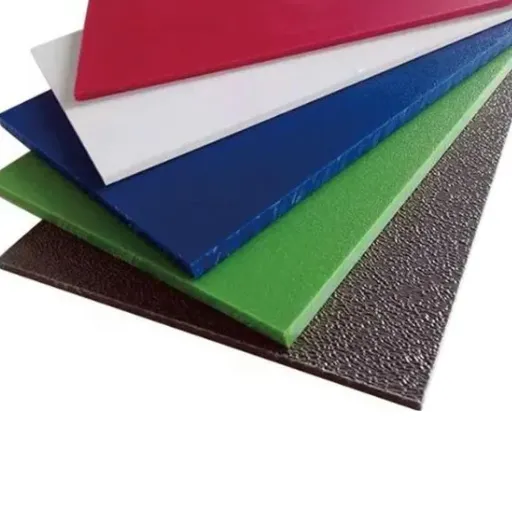
Key Advantages
- Excellent cost-effectiveness compared to alternatives
- Superior impact resistance and durability
- Versatile manufacturing compatibility
- Quick cooling in injection molding
- Recyclable material options
- Easy customization for colors and textures
- Good electrical insulation properties
Limitations to Consider
- UV sensitivity without proper additives
- Environmental concerns with disposal
- Complex recycling requirements
- Petroleum-based production
- Limited biodegradability
Cost-Effectiveness of ABS
ABS is most well-known for its economical value in manufacturing, offering several cost advantages:
| Cost Factor | ABS Advantage | Industry Impact |
|---|---|---|
| Raw Material Cost | Lower than PC or PET alternatives | Reduced production expenses |
| Processing Speed | Quick cooling, shorter cycle times | Higher productivity rates |
| Recyclability | Reprocessed materials maintain quality | Sustainable cost reduction |
| Durability | Extended product lifespan | Reduced maintenance costs |
Comparative Benefits over Other Plastics
| Property | ABS | Polypropylene (PP) | PLA | Polycarbonate (PC) |
|---|---|---|---|---|
| Impact Resistance | Excellent | Good | Fair | Excellent |
| Heat Resistance | Good | Good | Poor | Excellent |
| Cost | Moderate | Low | Low | High |
| Processing | Excellent | Good | Good | Fair |
Limitations and Disadvantages of ABS
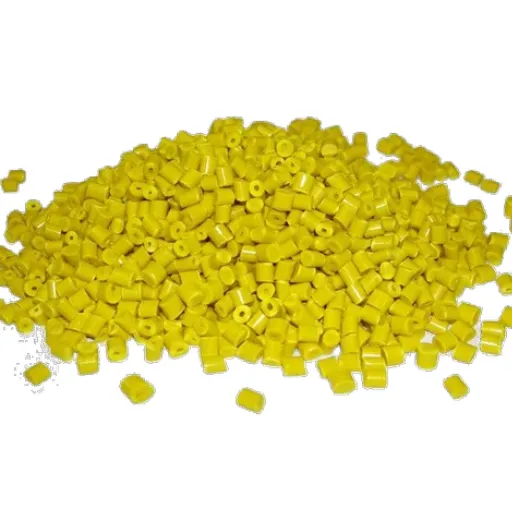
Environmental Concerns Surrounding ABS Use
Several environmental challenges are associated with ABS usage:
- Petrochemical Base: Derived from oil, contributing to greenhouse gas emissions
- Non-Biodegradable: Takes decades to decompose, adding to plastic waste
- Recycling Complexity: Requires advanced processing not universally available
- Incineration Issues: Produces harmful emissions when burned
- Limited Recycling Infrastructure: Geographic availability constraints
Sensitivity to UV Exposure and Degradation
UV sensitivity is a significant limitation of untreated ABS:
UV Degradation Process
UV light weakens and breaks molecular bonds through photo-optical reactions. The butadiene component is most vulnerable, undergoing oxidation and chain scissions that rapidly deteriorate the material structure.
Protection Solutions:
- UV Stabilizers: Hindered amine light stabilizers (HALS)
- UV Absorbers: Chemical additives that absorb harmful radiation
- Surface Coatings: Protective layers applied during manufacturing
- Co-extrusion: Layering with UV-resistant polymers like PMMA
Real-World Examples of ABS Applications
Industry Applications Overview
| Industry | Common Products | Key Benefits |
|---|---|---|
| Automotive | Dashboards, door panels, mirror housings, steering wheel covers | Lightweight, fuel efficiency, mechanical durability |
| Electronics | Mobile phone casings, laptop housings, keyboard keys, TV components | Impact protection, heat resistance, electrical insulation |
| Appliances | Vacuum cleaners, blenders, coffee machines, storage containers | Rigidity, abrasion resistance, lightweight design |
| Medical | Inhalers, diagnostic equipment housings, surgical instruments | Biocompatibility, sterilization capability, reliability |
| 3D Printing | Prototypes, functional parts, consumer products | Heat resistance, processing ease, structural strength |
Future Trends in ABS Material Development
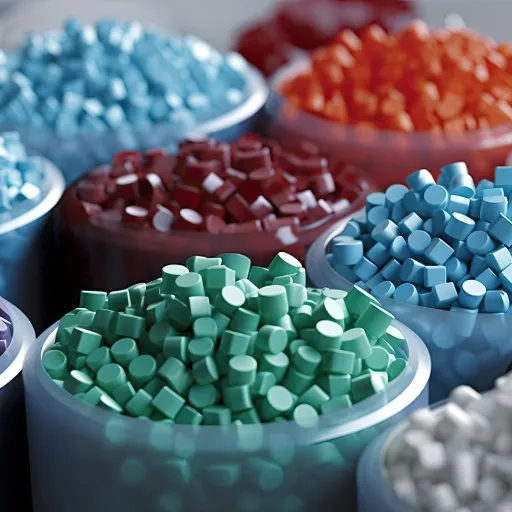
Emerging Innovation Areas
- Eco-Friendly Formulations: Bio-based and recycled ABS materials with reduced environmental impact
- Enhanced Performance: Improved thermal and chemical resistance for advanced applications
- Advanced Composites: Carbon fiber and graphene-filled ABS for superior strength and weight reduction
- 3D Printing Optimization: Specialized formulations with better printability and reduced warping
- Digital Materials Research: Machine learning and computational modeling for accelerated development
Industry Expansion
ABS applications are expected to grow in aerospace and medical fields, where rapid production capabilities and material reliability are crucial for next-generation applications.
Frequently Asked Questions
Conclusion
ABS (Acrylonitrile Butadiene Styrene) remains a cornerstone material in modern manufacturing, offering an exceptional balance of performance, versatility, and cost-effectiveness. From automotive dashboards to 3D-printed prototypes, its applications continue to expand as material science advances address traditional limitations like UV sensitivity and environmental concerns.
As industries evolve toward more sustainable practices and advanced manufacturing techniques, ABS continues to adapt through innovative formulations and processing methods, ensuring its relevance in future technological developments.
References
- Research study on the tensile properties of ABS raw material samples – Harvard University academic seminar on plastics mechanics
- PC-ABS Material Characteristics and Safety Data Sheet (SDS) – Johns Hopkins University manufacturing stock data
- Pyrolysis of Acrylonitrile-Butadiene-Styrene (ABS) – Utah State University digital commons research on biodegradable plastics






